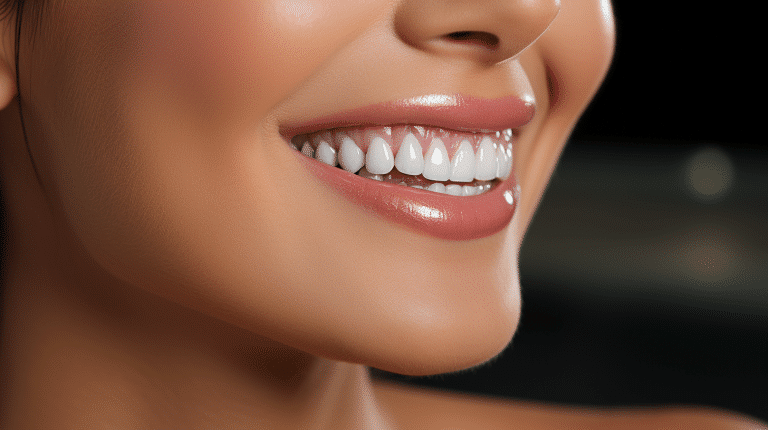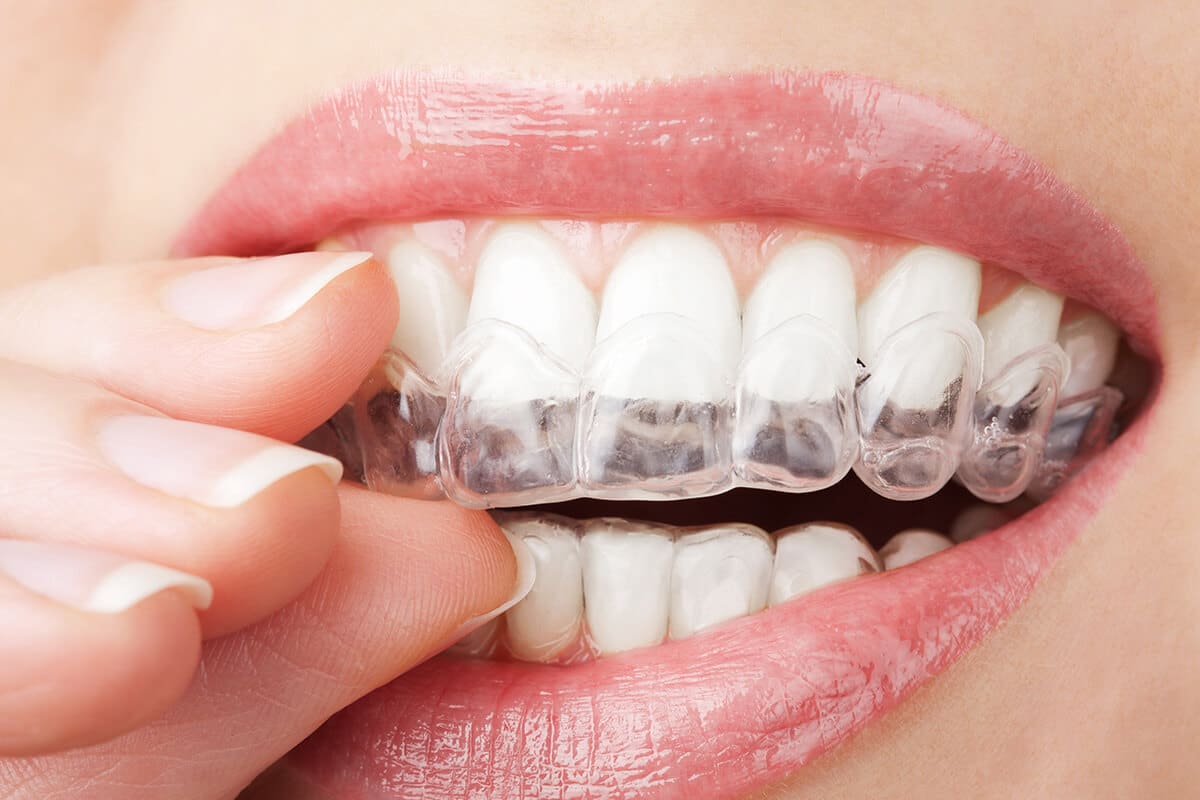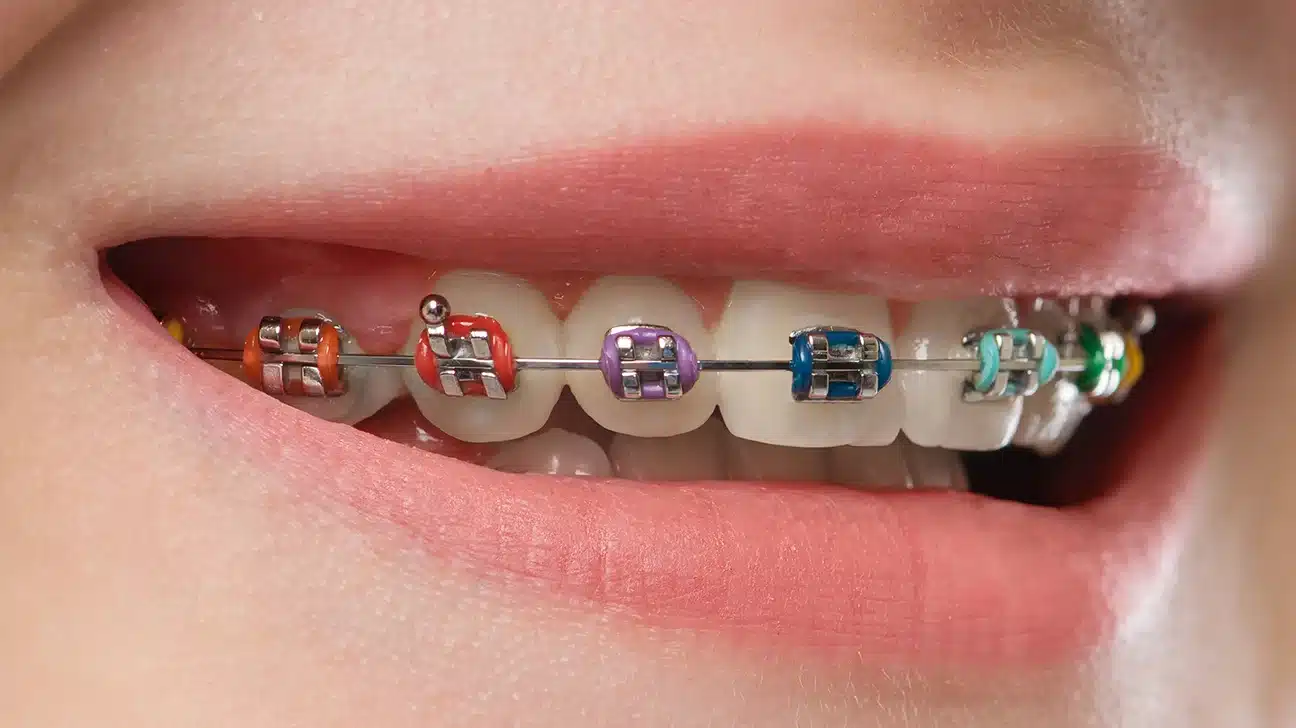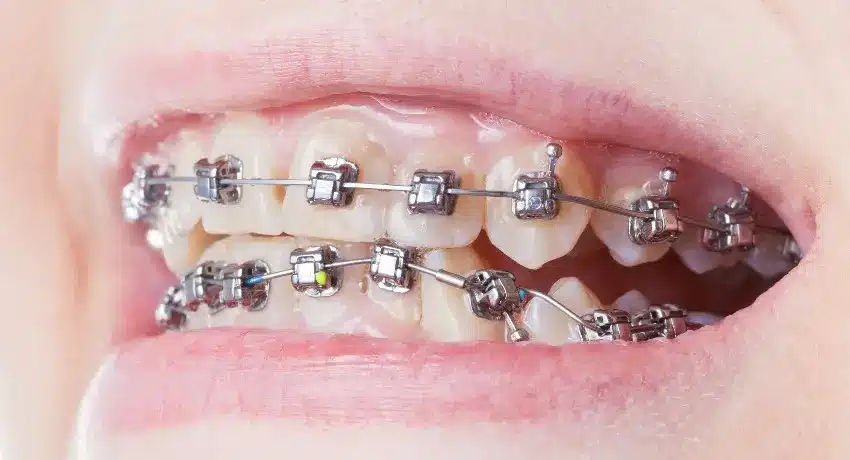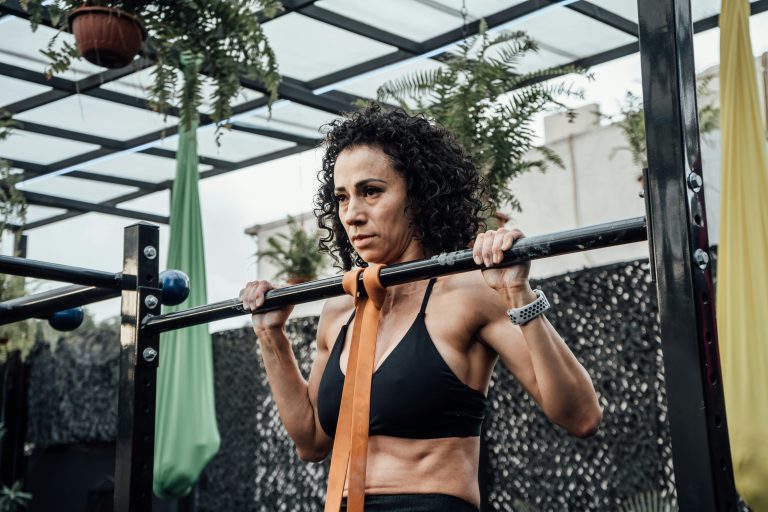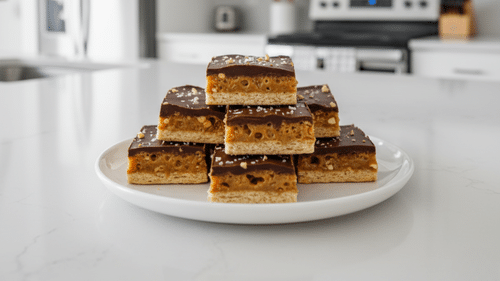Getting braces is something that many people have to do at some point in their lives. Orthodontic braces help straighten teeth and correct jaw issues, which not only makes your smile look better but also improves your dental health. Crooked teeth can put pressure on each other, which can cause cavities and dental infections.
When you are in that position and looking at your options, you should know about the different types available. Different types have different features, which means that some will suit your needs better than others. In this article, we will go over everything you need to know about the most popular braces types.
1 – Invisalign
Invisalign, also known as clear aligners, is a modern method for straightening teeth using custom-made, nearly invisible aligners. Many people are self-conscious about braces, which makes Invisalign a good option. You can also take the aligners out to eat, drink, and clean your teeth, which you can’t do with regular braces.
You can find dentists who offer Invisalign treatments everywhere, including Frisco’s Premier Orthodontics in Arlington, Texas. Many dentists receive training to provide this service, which makes it easy to find someone near you who can help.
Invisalign works well for people with mildly to moderately crowded teeth, small gaps, or certain bite issues. However, if your teeth need a lot of correction, traditional braces might work better.
2 – Traditional Metal Braces
Traditional metal braces are a common and effective way to fix crooked teeth and jaw issues and have been used for many years. They consist of small metal brackets glued to each tooth, linked by a wire. These braces work by putting steady pressure on the teeth, gradually moving them to the right position.
The main benefit of metal braces is that they can fix a wide range of teeth problems, even severe ones that other braces can’t handle. They are usually cheaper than other types of braces like ceramic braces or clear aligners. Since they’re fixed to your teeth, you don’t have to worry about remembering to wear them like you would with removable devices.
Caring for metal braces takes extra effort because food can get trapped around the brackets and wires. If not cleaned properly, this can lead to tooth decay. It’s important to brush and floss carefully and might even require special cleaning tools to keep everything clean.
3 – Self-Ligating Braces
Self-ligating braces are like traditional braces, but use a different method to hold the wire in place. Instead of elastic bands, these braces have special clips that lock the wire down.
The key feature of self-ligating braces is their built-in clips that secure the wire. The dentist can open and close these clips during adjustments, eliminating the need for elastic. This setup lets the wire move more freely, which might reduce discomfort and the feeling of tightness.
Self-ligating braces often mean fewer trips to the dentist because the clips adjust to your teeth’s movements naturally, which makes the treatment process easier and less time-consuming.

